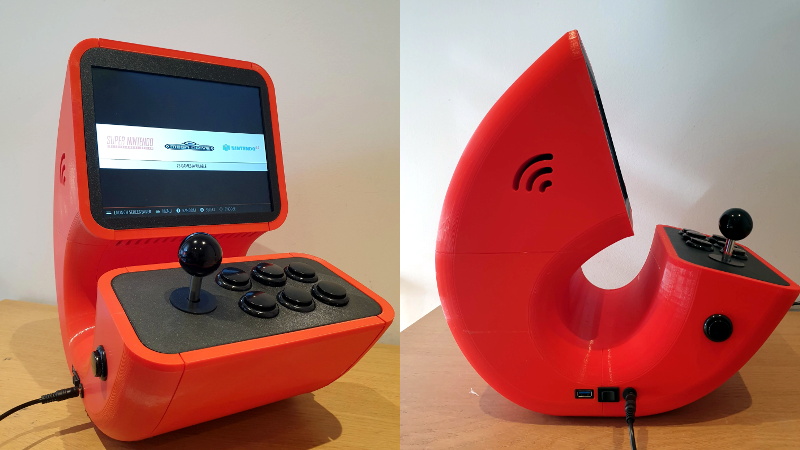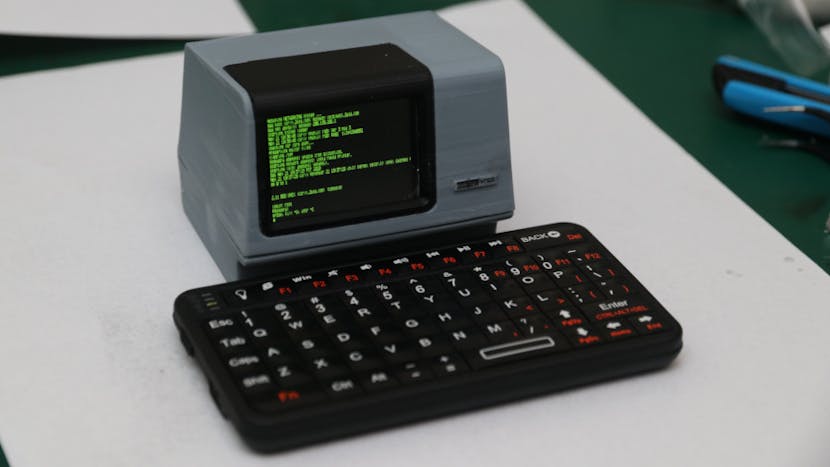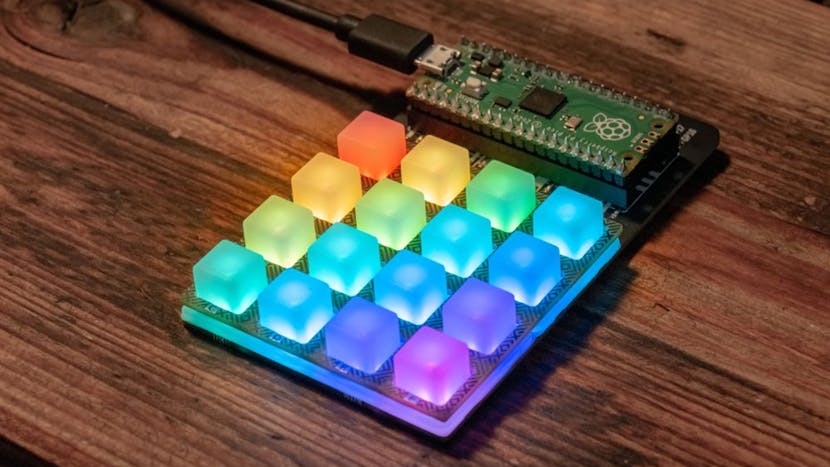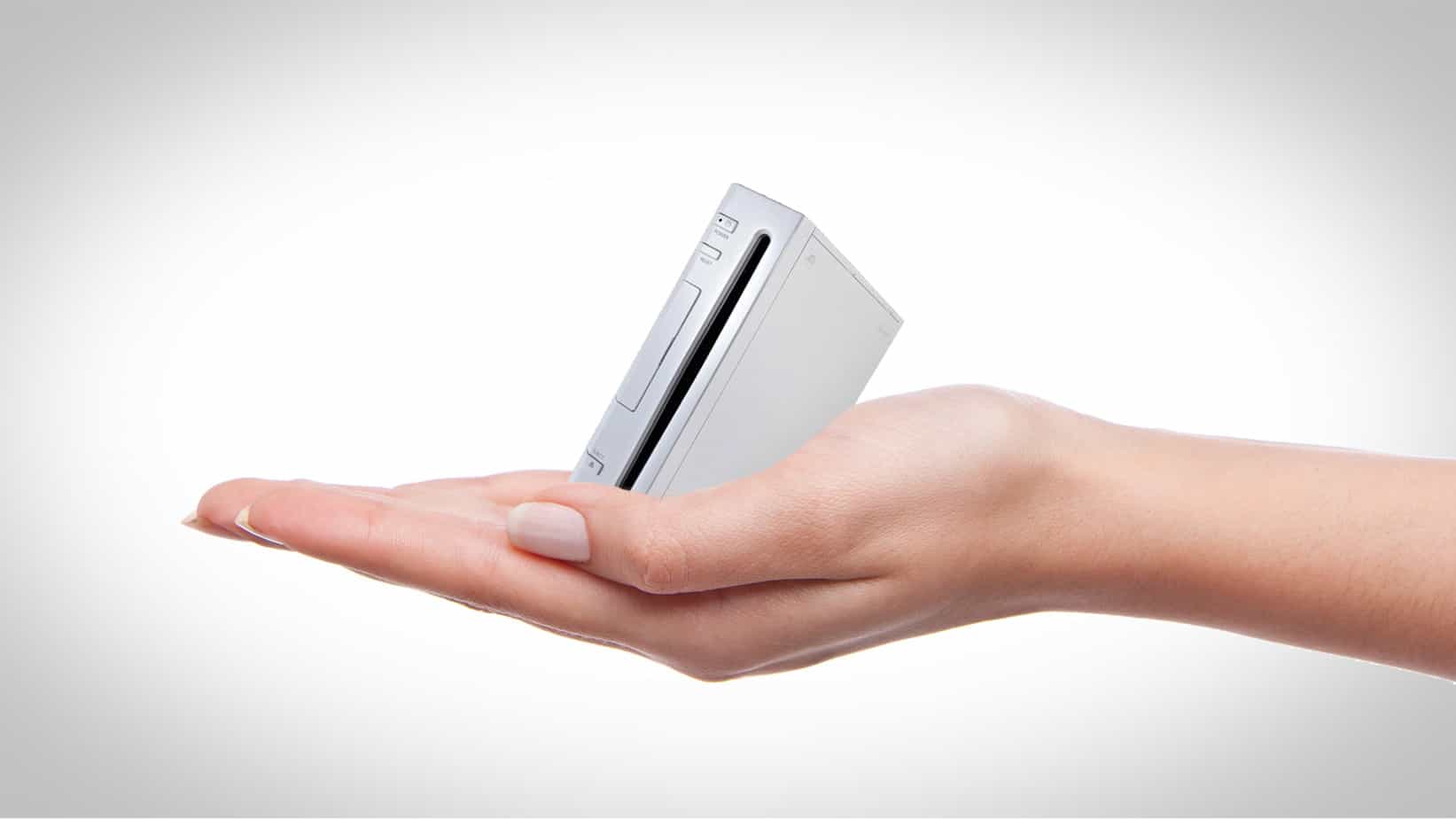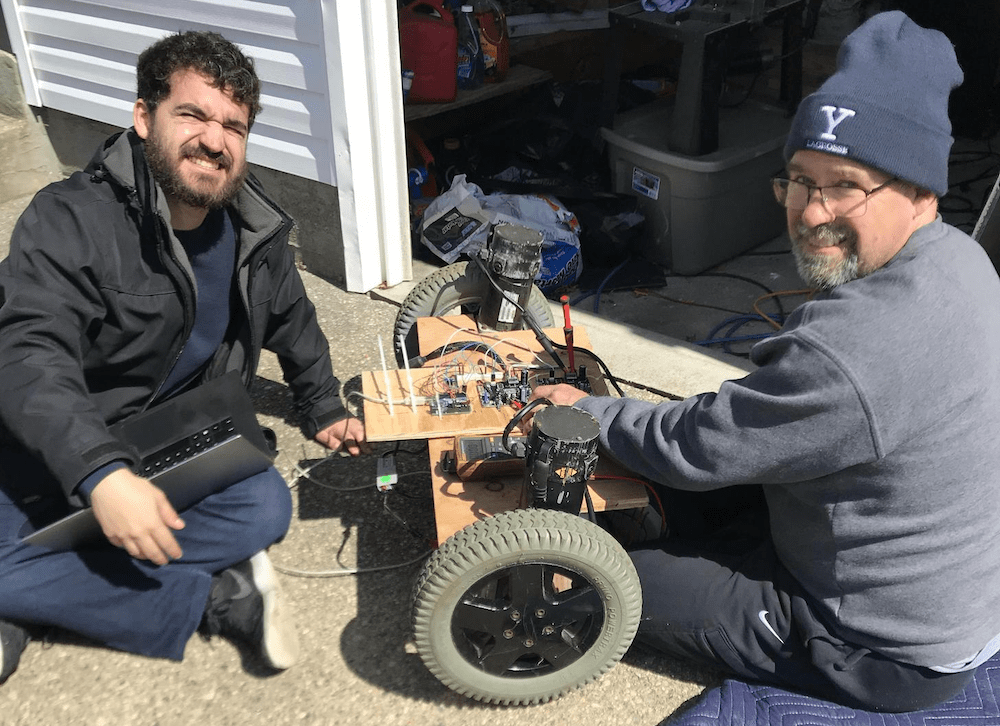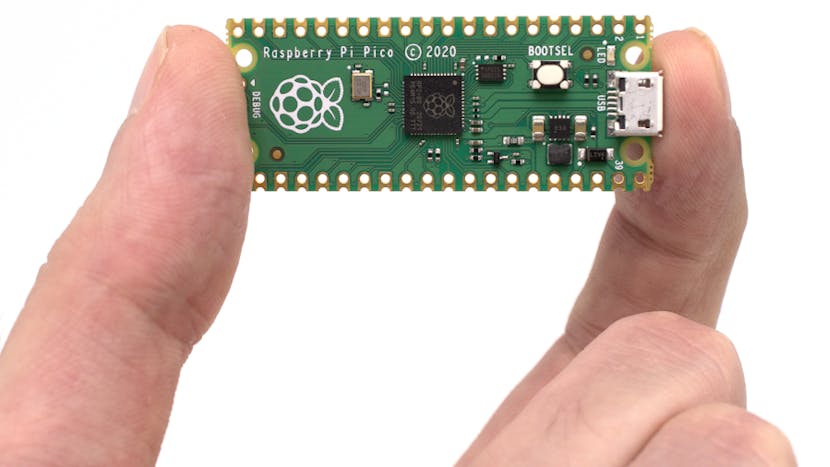I built a water cooled Raspberry Pi 4 a couple of weeks ago. This was obviously crazy overkill for a single Raspberry Pi, but it isn’t actually why I bought the water cooling kit, I bought it along with 7 other Raspberry Pis so that I could try building my own water cooled Pi Cluster. I’ve really enjoyed the past few weekends putting it together. So, here’s a video of my Pi 4 cluster build, I hope you enjoy it!
For the full write up of the build, visit my blog – https://www.the-diy-life.com/building…

